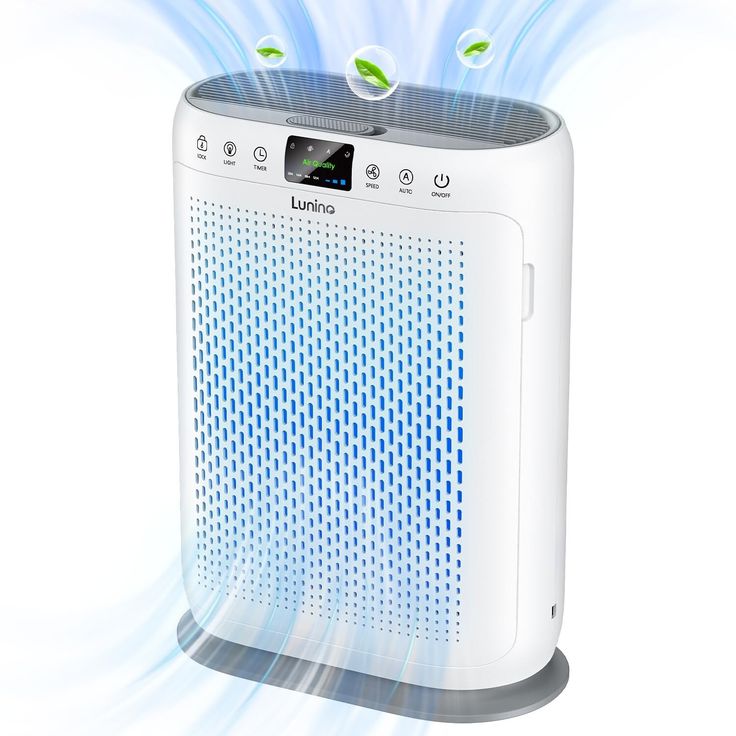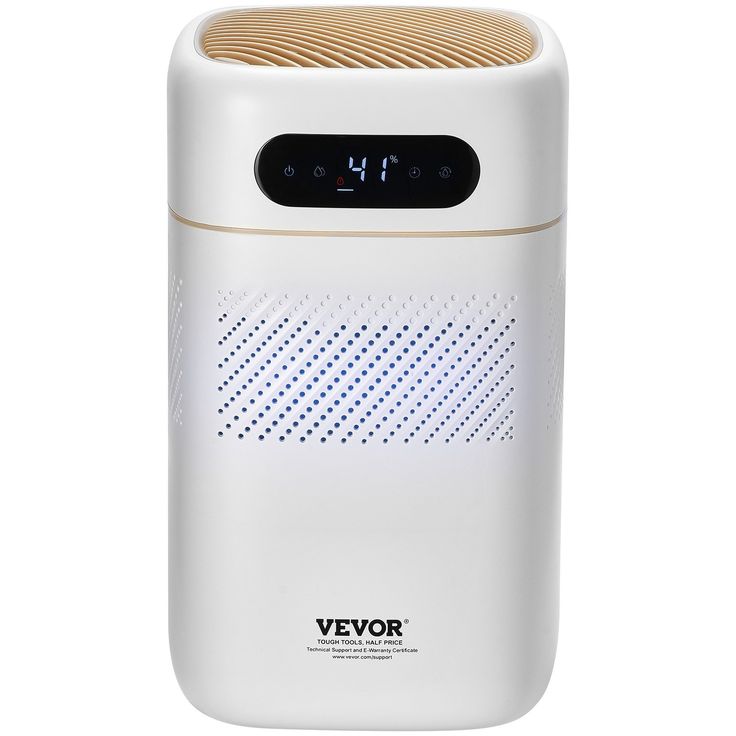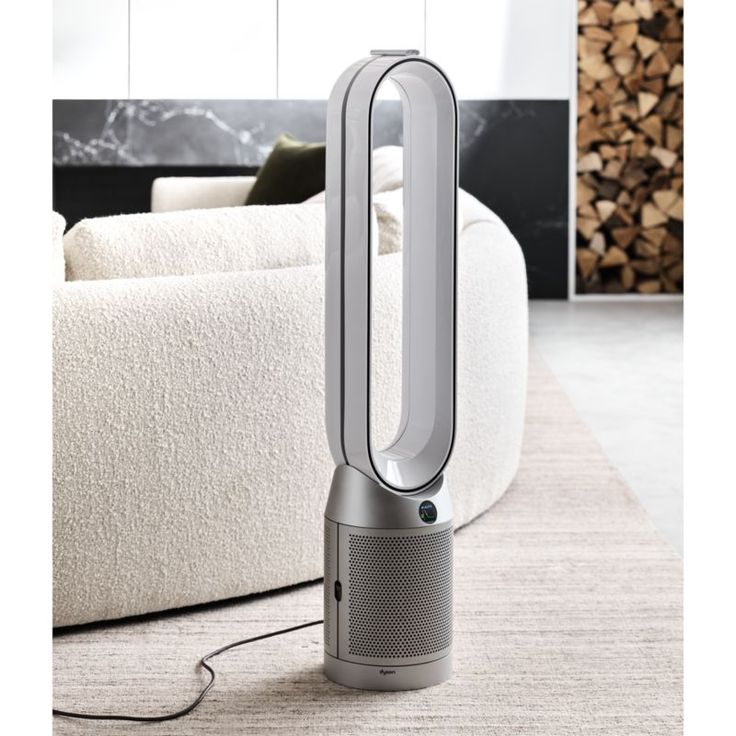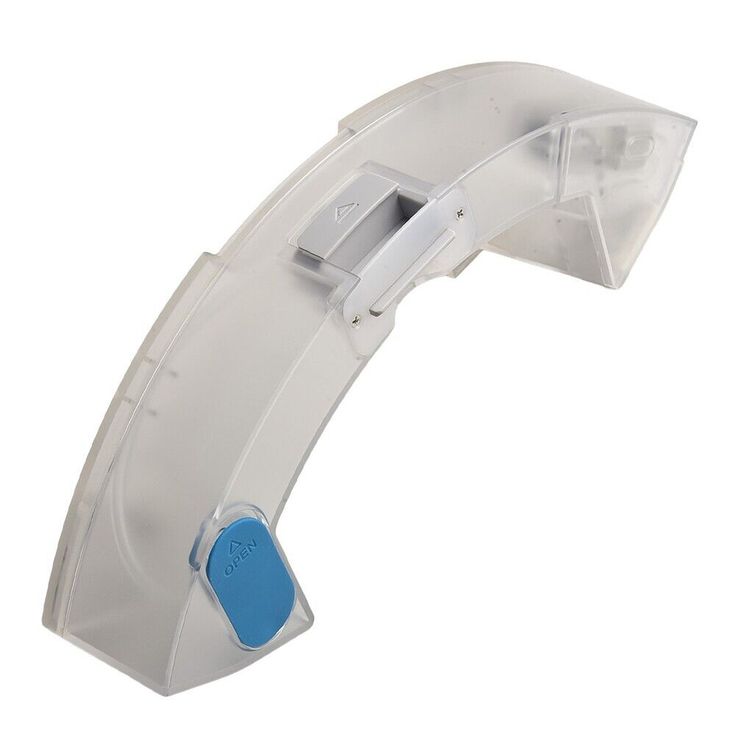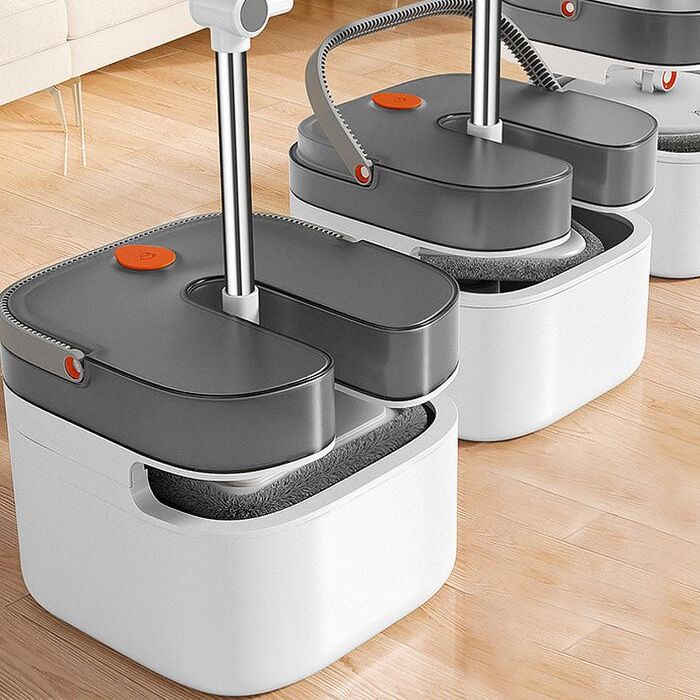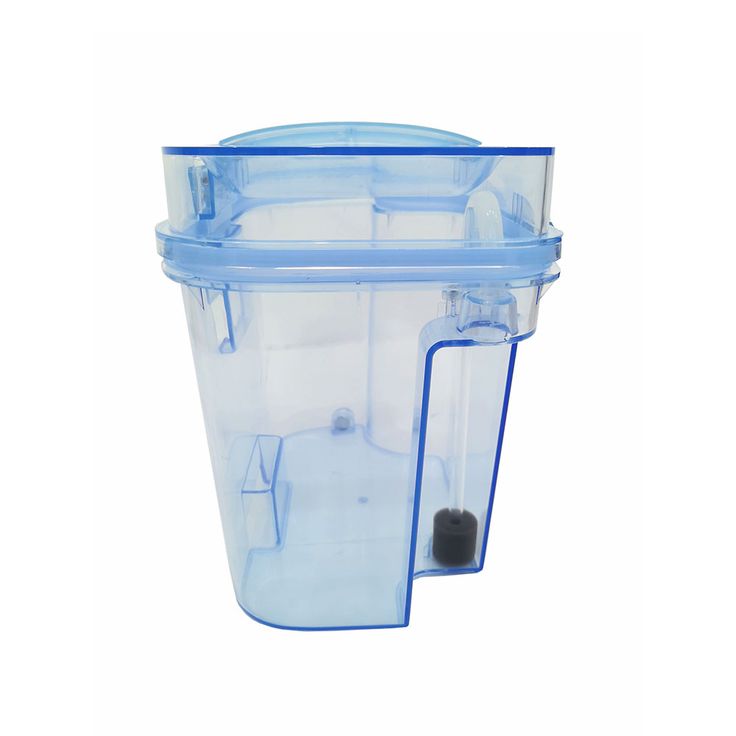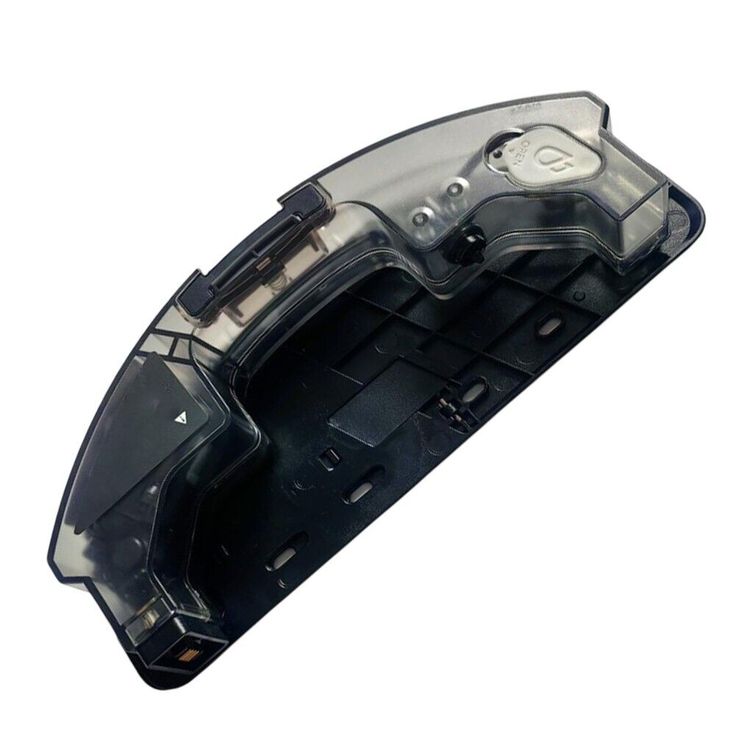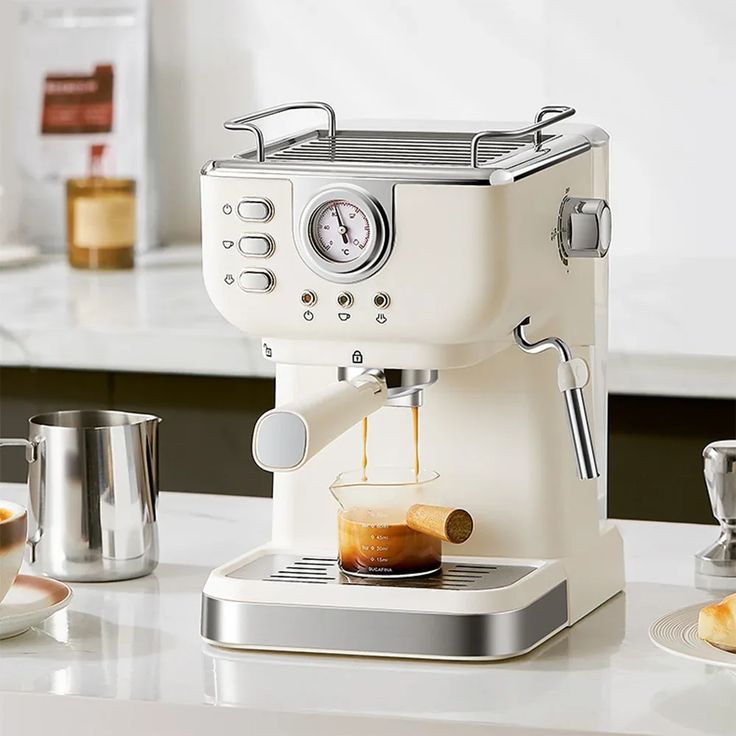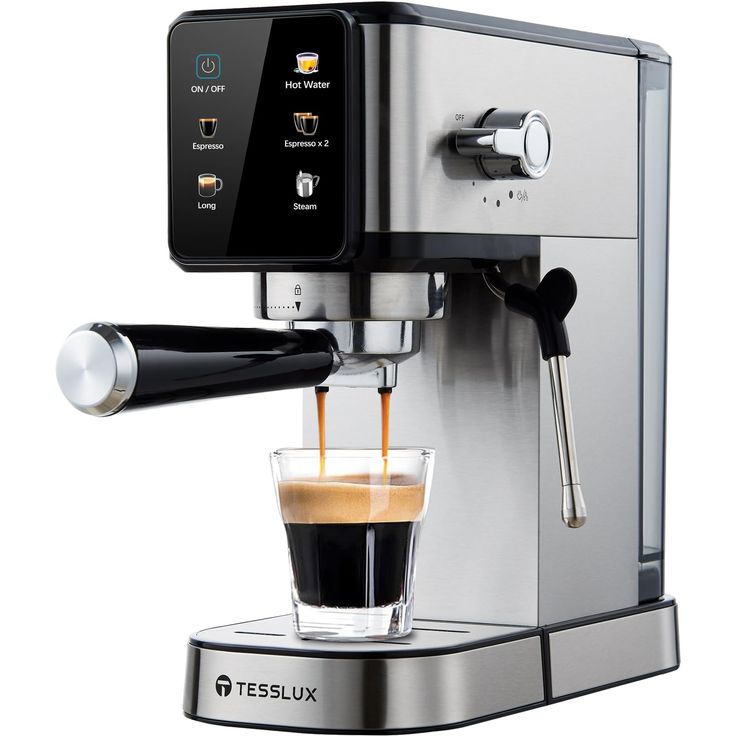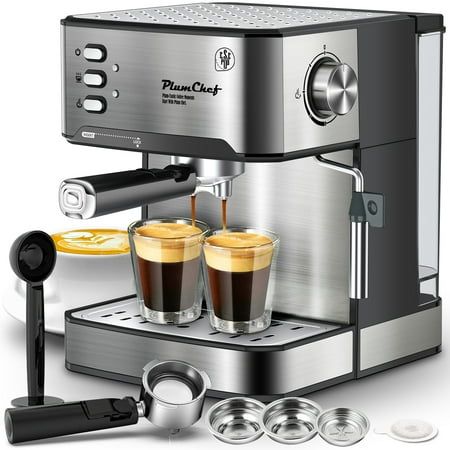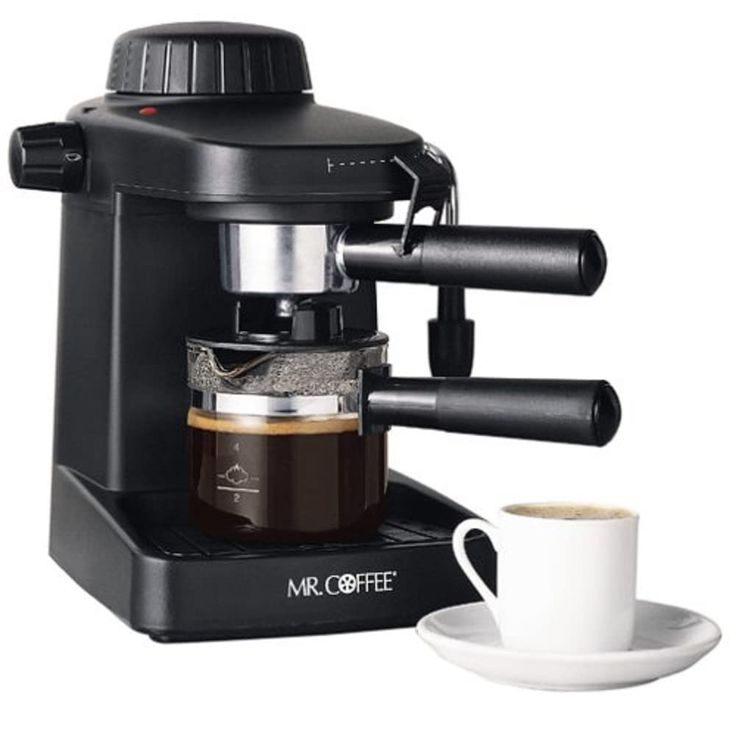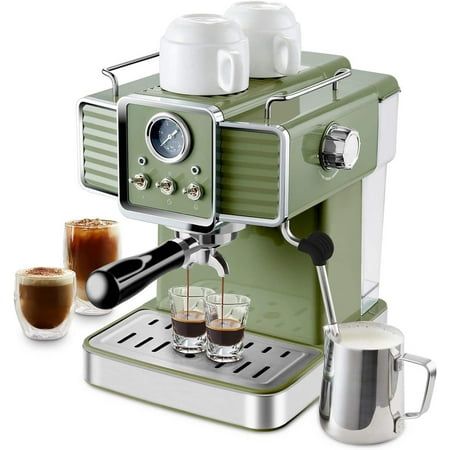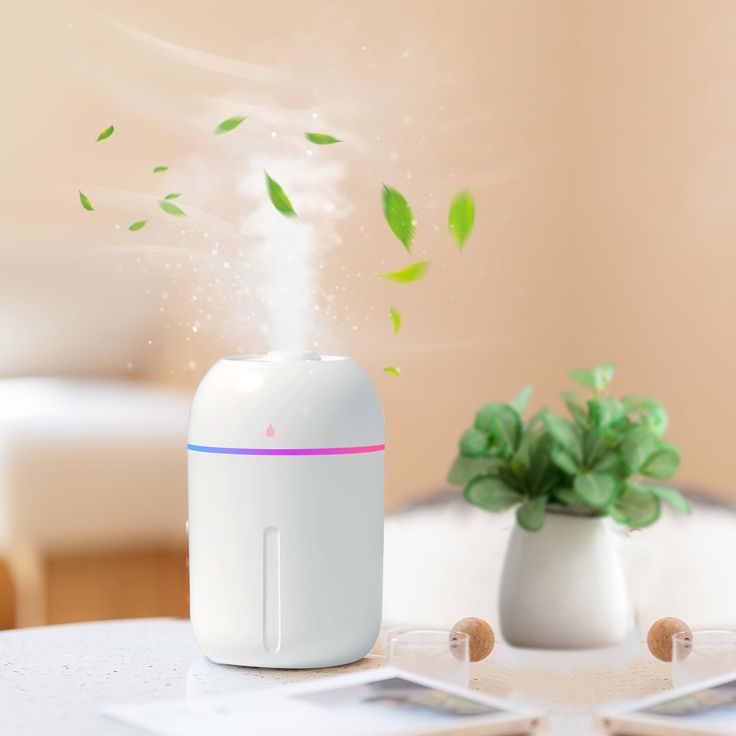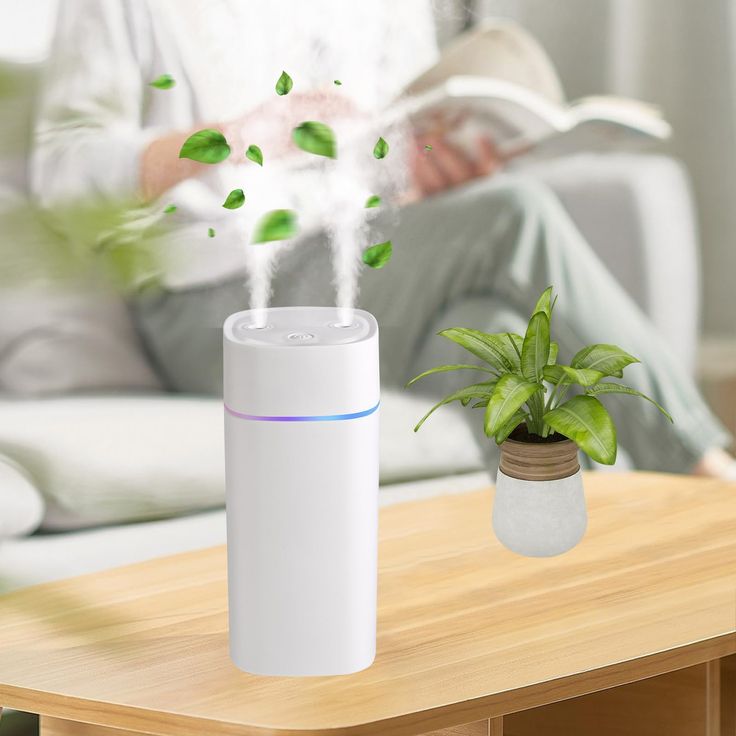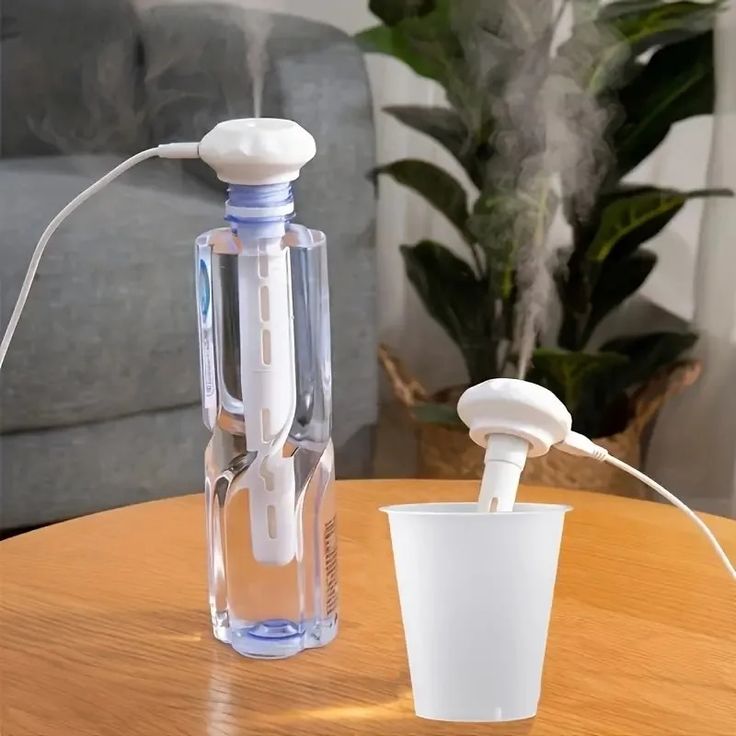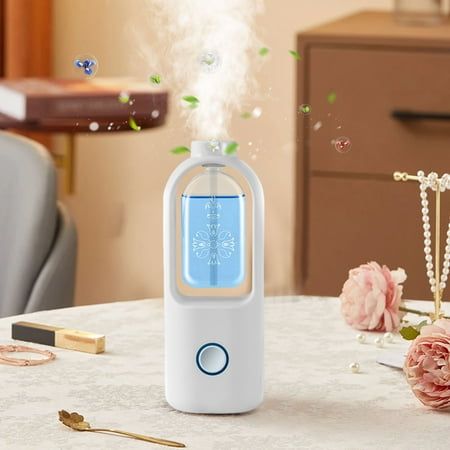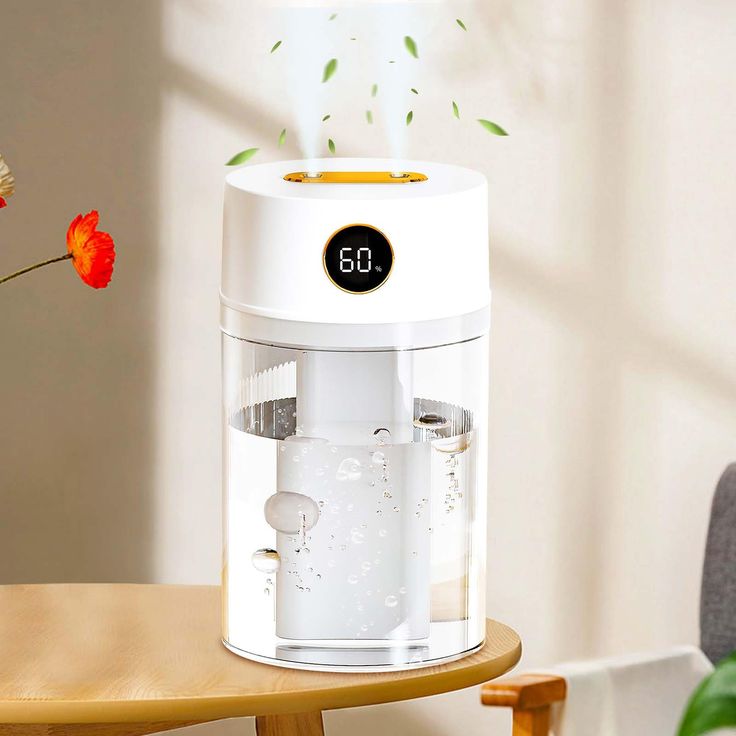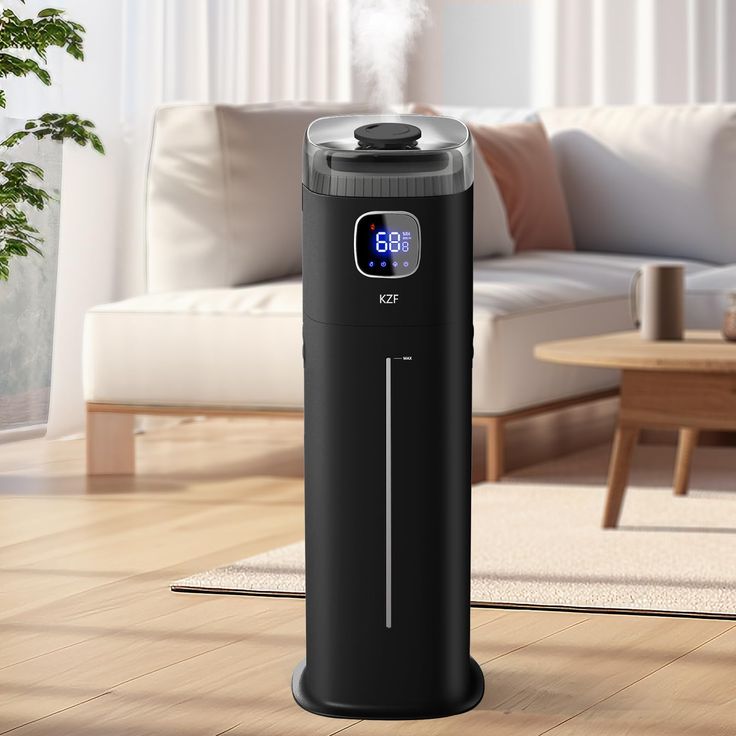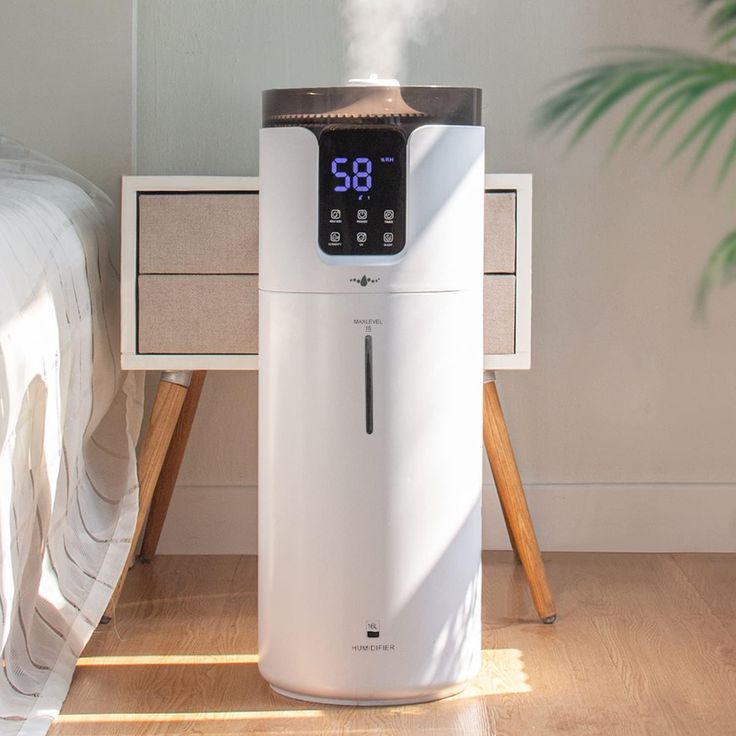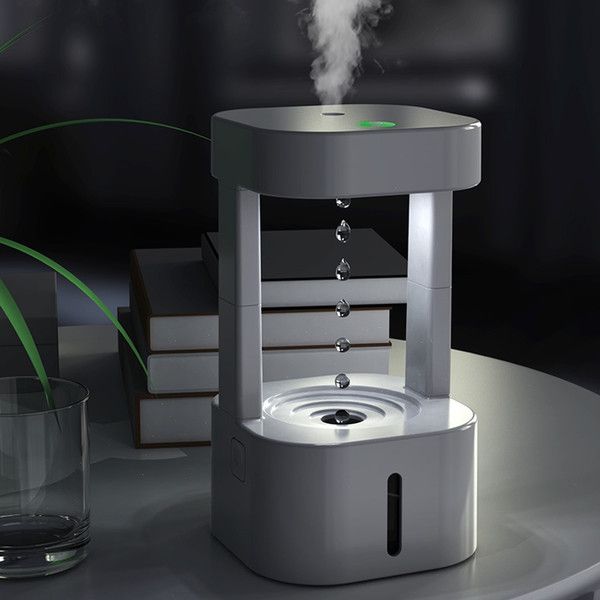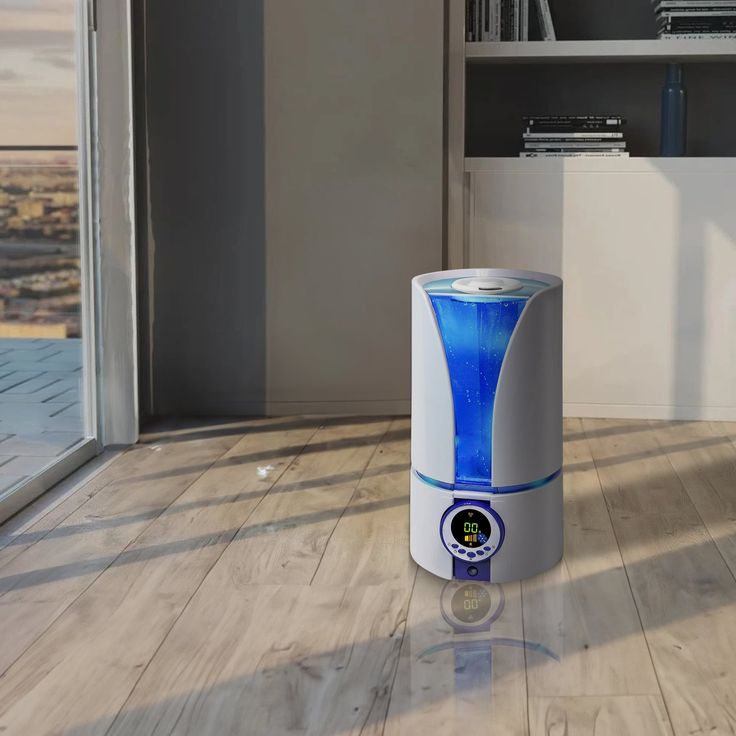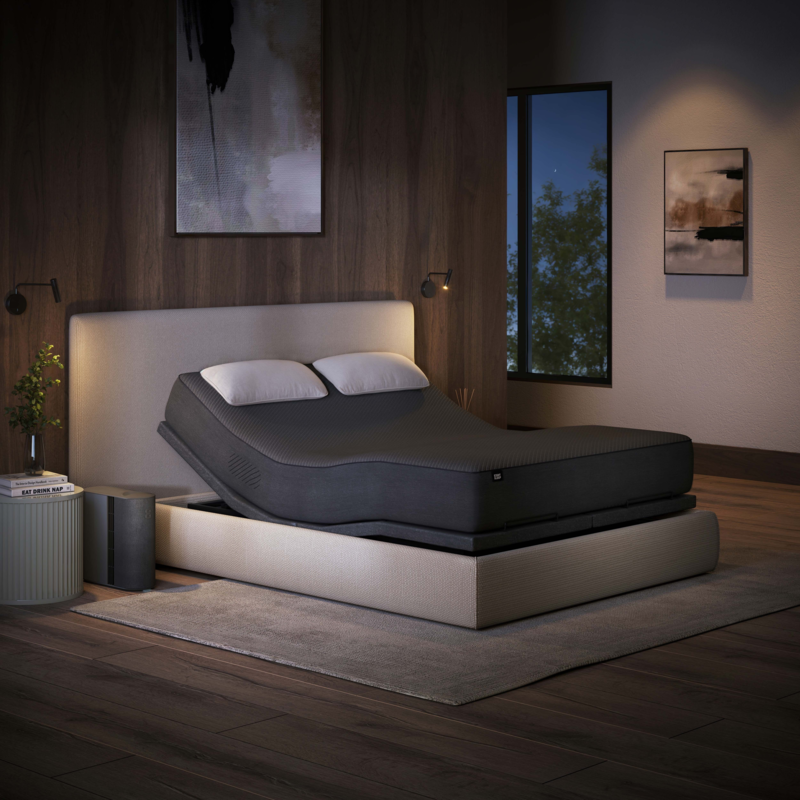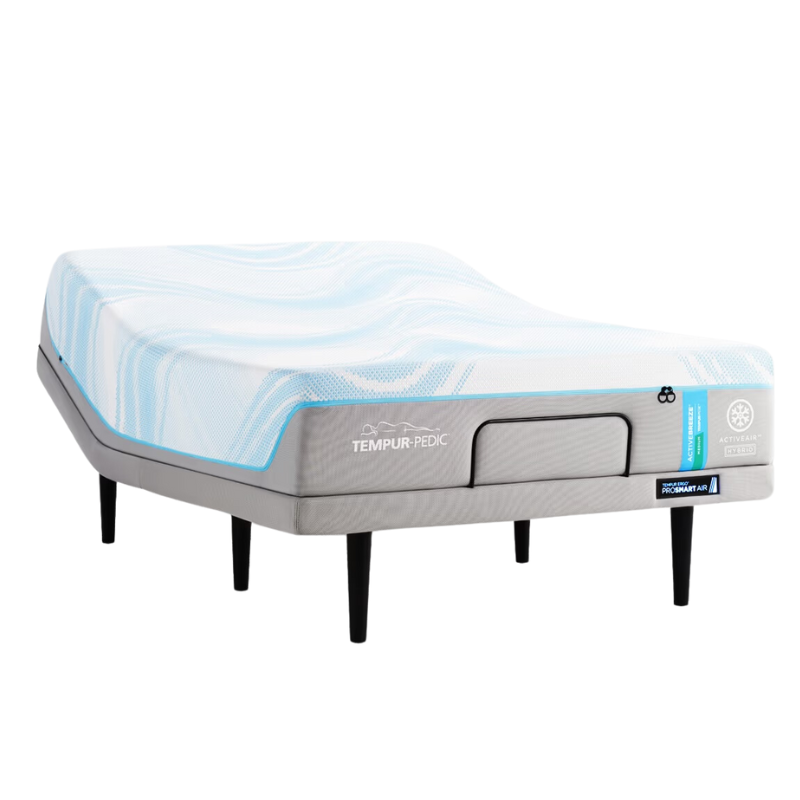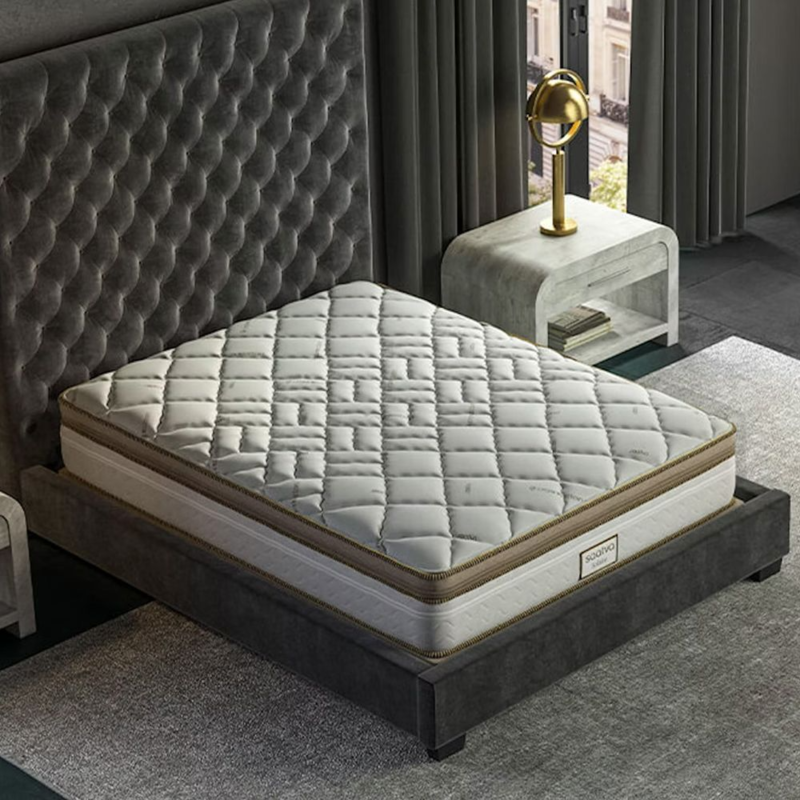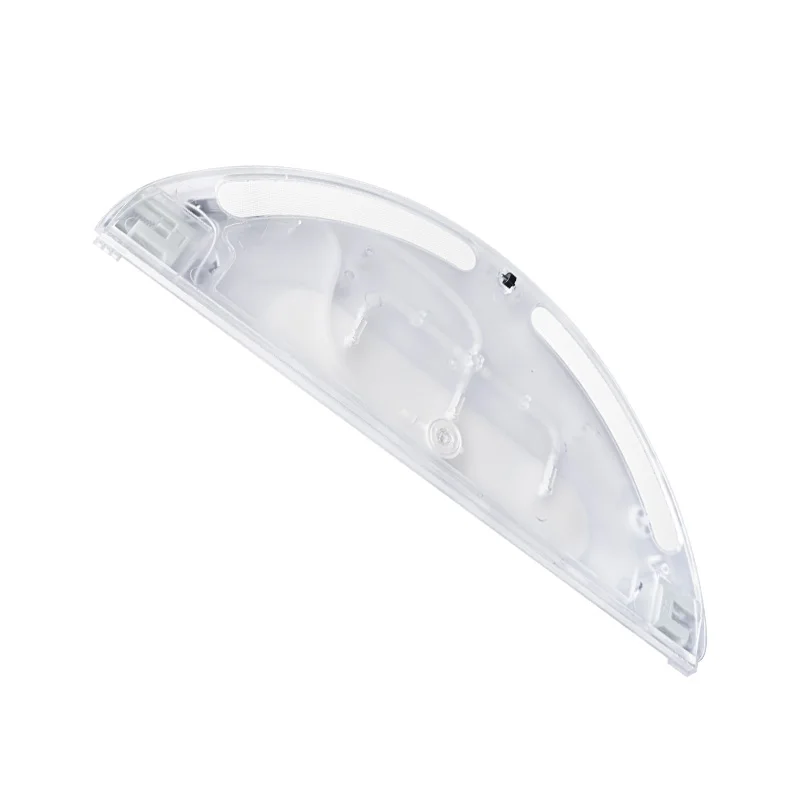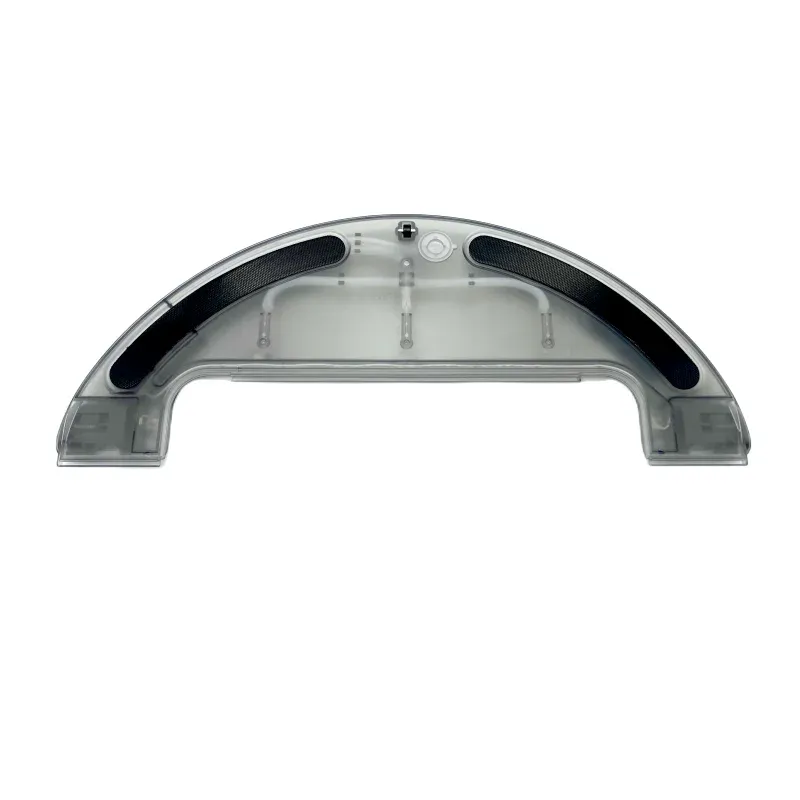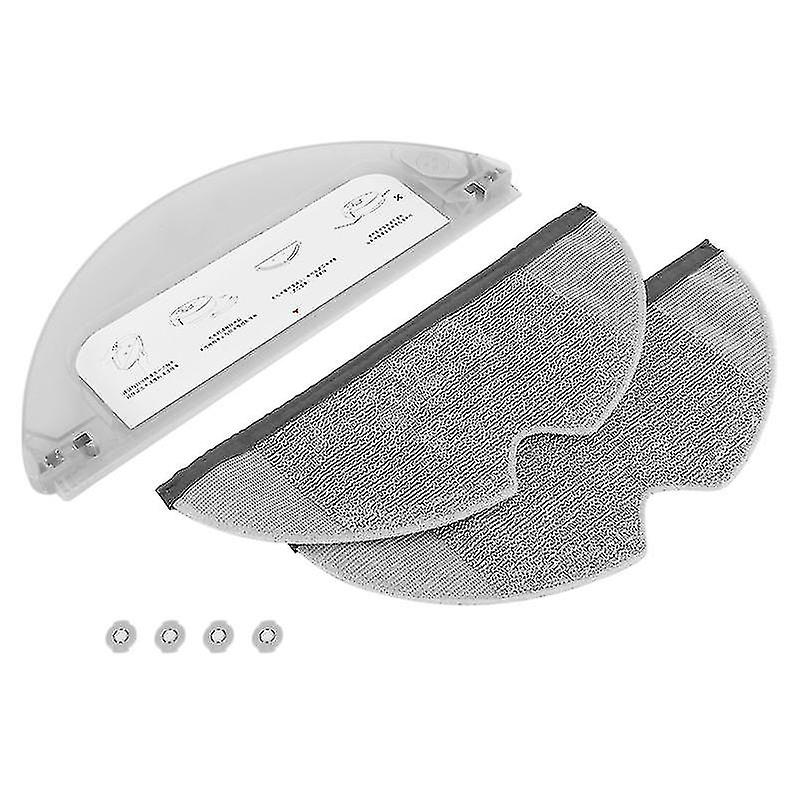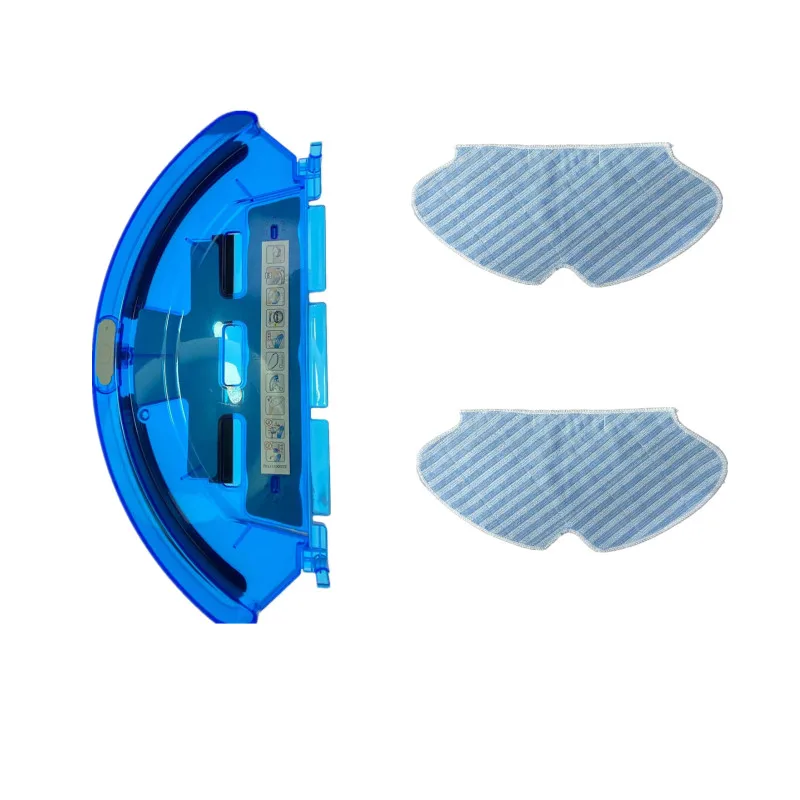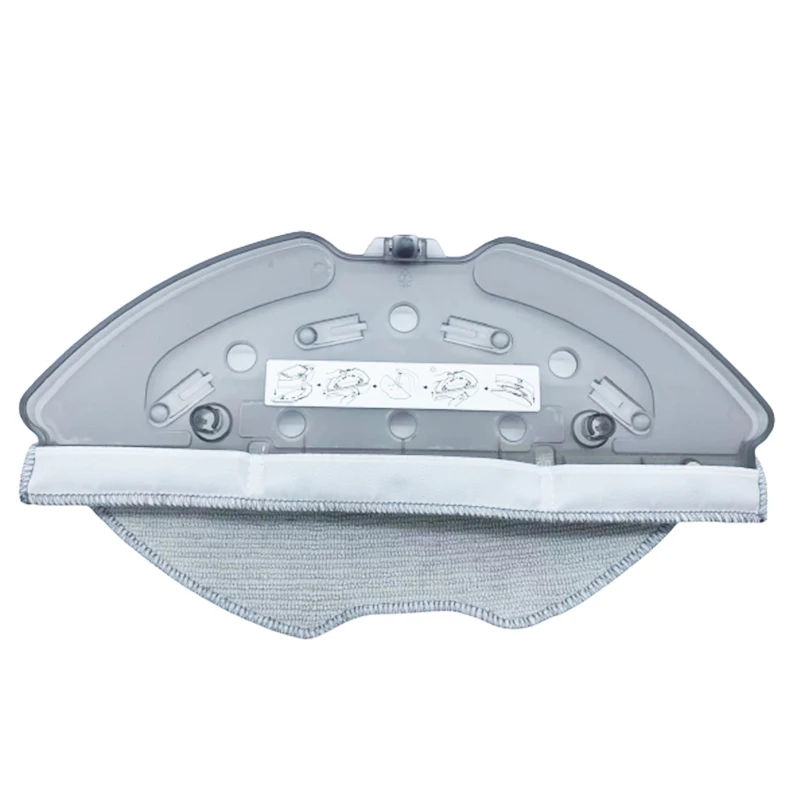Importance of Regular Filter Cleaning
Keeping a clean filter in your Shark air purifier is key to its performance. Here are some notable advantages:
Energy Efficiency and Cost Savings
A clean filter supports your air purifier to run smoothly. This means it uses less power, helping you save on energy costs. Over time, this can create significant cost savings, especially if you avoid having to repair or replace your unit due to avoidable wear and tear caused by a clogged filter.
Health Benefits and Improved Air Quality
Air quality improves with a clean filter. It’s better at capturing dust, pollen, and other irritants. This means fewer airborne allergens, which is great for those with allergies or asthma. Regular filter cleaning ensures that you breathe cleaner, healthier air in your home.
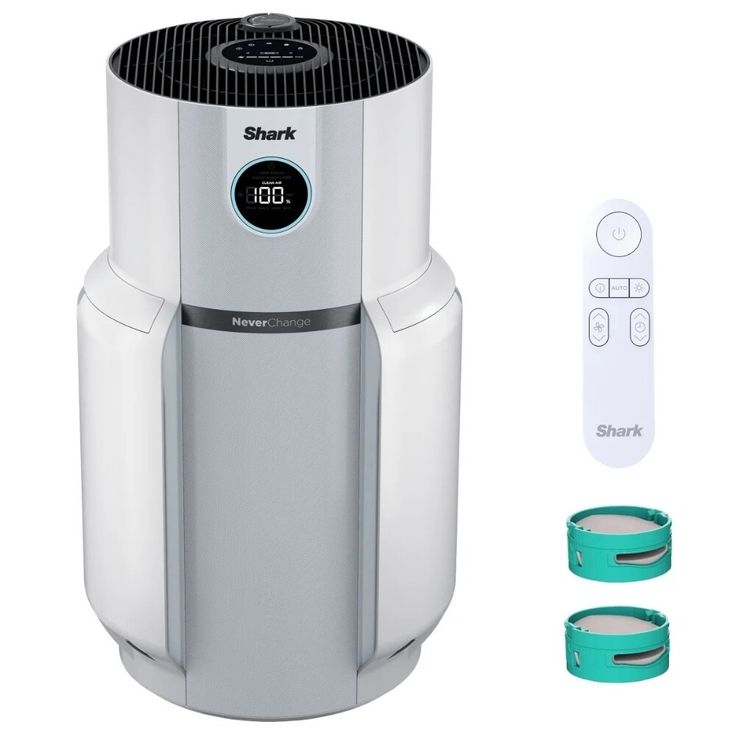
Preparing to Clean Your Shark Air Purifier Filter
Preparing to clean your Shark air purifier filter is easy. Here’s what you need and some safety tips.
Necessary Materials for Cleaning
Start by getting these items ready for cleaning your filter:
- A Shark air purifier, ensure it’s off and unplugged.
- A soft-bristle brush or cloth to dust off debris.
- A vacuum with a brush attachment for the first cleaning step.
- Mild dish soap for a gentle wash.
- A bowl or basin for soapy water.
- Warm water to mix with the dish soap.
- A towel or cloth for drying after washing.
Gather these items before you start for a smooth cleaning process.
Safety Precautions Before Cleaning
Safety is crucial. Remember these steps:
- Turn off the air purifier.
- Unplug it from the power source.
- Wear gloves to protect your hands if needed.
These precautions keep you safe and prevent damage to your air purifier while cleaning.
Step-by-Step Filter Cleaning Process
To keep your Shark air purifier working at its best, follow this detailed filter cleaning guide.
Removing and Vacuuming the Filter
Start by taking the filter out of your air purifier. Check the manual if you need help finding it. Once it’s out, gently vacuum the filter. Use a brush attachment to get rid of loose dust.
Washing the Filter with Soapy Water
Next, make a mix of warm water and a few drops of mild dish soap. Soak the filter in the solution for about 10-15 minutes. This loosens the trapped dirt and makes it easier to wash away.
Rinsing and Drying the Filter
After soaking, rinse the filter well with cold water. Make sure all soap is gone. Lay the filter on a towel to air dry completely. This avoids mold growth in your purifier.
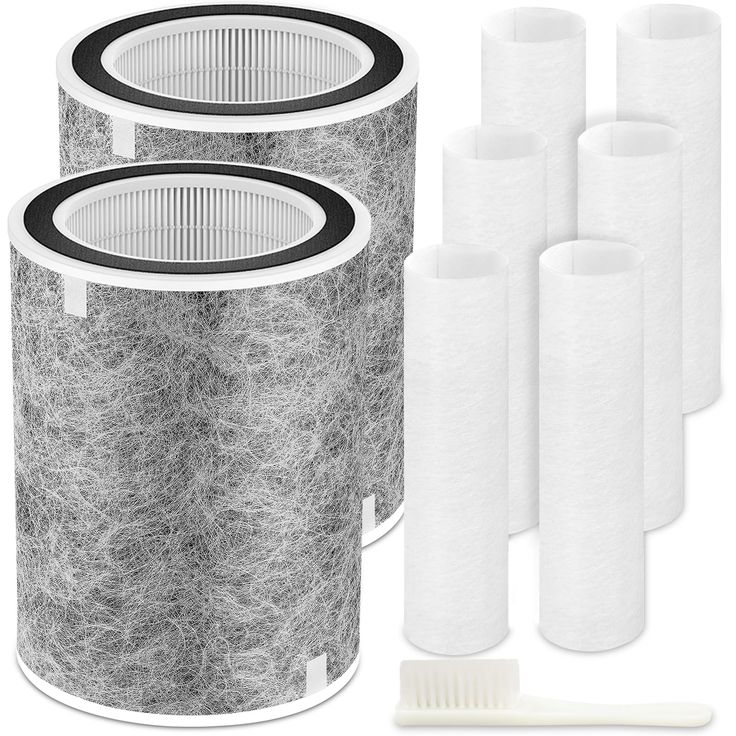
Reinstalling the Clean Shark Air Purifier Filter
Proper reinstallation of your filter is key to maintaining your air purifier’s efficiency.
Steps for Reinstallation
- Make sure the filter is completely dry before reinserting it. This prevents mold growth.
- Open the air purifier’s filter compartment. This is usually at the back or side.
- Insert the clean filter carefully. Ensure the filter fits snugly in its compartment.
- Close the compartment securely.
Ensuring Optimal Performance Post Cleaning
After you reinstall the filter, follow these steps:
- Plug in and turn on the air purifier. Check the manual for specific settings.
- Run the purifier for a short while. This helps remove any residual odor left from cleaning.
- Regularly check and maintain the filter as needed.
With these steps, your Shark air purifier will continue to perform at its best, providing clean, fresh air for your home.
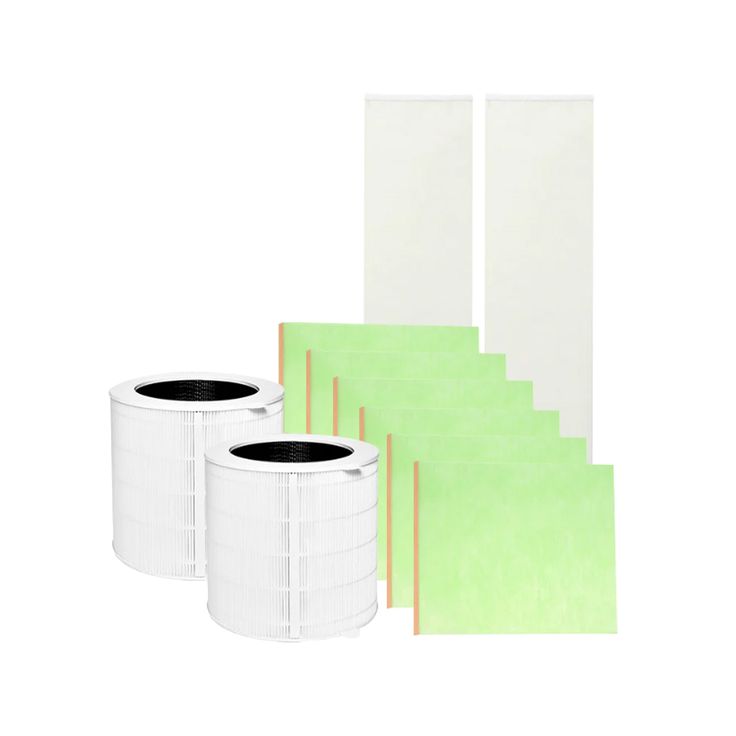
Maintenance of Shark Air Purifier Filters
Maintaining your Shark air purifier filters is crucial for optimal operation. Discover effective tips for regular upkeep and timely replacement.
Regular Cleaning Schedule
To keep your air purifier in top shape, establish a routine cleaning schedule. Aim to clean the filter every 1-3 months. If you have pets or live in a dusty area, consider cleaning it monthly. This frequent cleaning keeps the purifier running efficiently and keeps the air clean.
Knowing When to Replace the Filters
Despite regular cleaning, all filters have a lifespan. Usually, HEPA filters require replacement every 6-12 months based on usage. Watch for signs like reduced efficiency or increased noise, which suggest it might be time for a new filter. Always follow the manufacturer’s guidelines on filter replacement to ensure best results.
Remember, well-maintained filters not only extend the life of your air purifier but also ensure cleaner air at home.
Troubleshooting Common Issues
When cleaning your Shark air purifier filter, you might encounter a few issues. Here’s how to deal with them efficiently.
Addressing FAQs for Shark Filter Cleaning
Below are common questions and answers that might help during the cleaning process:
- Can I wash my filter in a dishwasher? No, it is not recommended. Instead, you should gently hand wash the filter to prevent any potential damage. Using a dishwasher can lead to deterioration or compromise the filter’s effectiveness.
- What do I do if the filter still smells after cleaning? Try soaking it in a solution of water and baking soda for a couple of hours. After soaking, rinse it thoroughly to remove any remaining odor.
- How do I know when my filter is too worn to clean? Carefully inspect the filter material for any visible tears, holes or breaks. If you notice any signs of damage, the filter must be replaced immediately.
These tips can help you overcome common cleaning challenges.
Tips for Handling Difficult Spots and Damage Prevention
Here are some effective tips for handling difficult spots and preventing damage to your air purifier’s filter:
- Addressing Stains and Debris:
- Stains and accumulated debris can be irritating, but they can be managed effectively. Use a soft-bristled brush to gently scrub away tough spots. This method minimizes the risk of damaging the filter while effectively removing unwanted particles.
- Chemical Precautions:
- When cleaning, it’s crucial to avoid harsh chemicals or strong detergents. These substances can break down the delicate fibers of the filter, compromising its integrity and performance. Instead, opt for mild soap or vinegar diluted in water, which are gentler on the filter material.
- Proper Drying Techniques:
- After cleaning, take care not to wring or twist the filter, as this can lead to deformation and reduce its effectiveness. Instead, pat it dry with a clean, soft towel. This technique helps maintain the filter’s shape and functionality while ensuring it dries thoroughly.
- Routine Maintenance:
- Establish a regular cleaning schedule to keep your filter in optimal condition. Regular maintenance not only prolongs the lifespan of the filter but also enhances the overall efficiency of your air purifier.
By incorporating these steps, your air purifier’s filter will be better protected from damage, leading to extended usage and consistent air quality improvement.
Conclusion
Regular maintenance of your Shark air purifier filter is crucial for your health and appliance efficiency. A clean filter translates to cleaner air in your living space. It traps pollutants, allergens, and improves overall indoor air quality. It also leads to energy savings and extends the lifespan of your air purifier. Remember to clean the filter every few months and replace it according to the manufacturer’s guidelines. Avoid unnecessary repairs or a decrease in performance by keeping a clean filter. Keeping up with these simple tasks means enjoying pure air in your home daily. For any issues or questions that arise, refer back to this guide. It includes troubleshooting advice and answers to common cleaning challenges.

